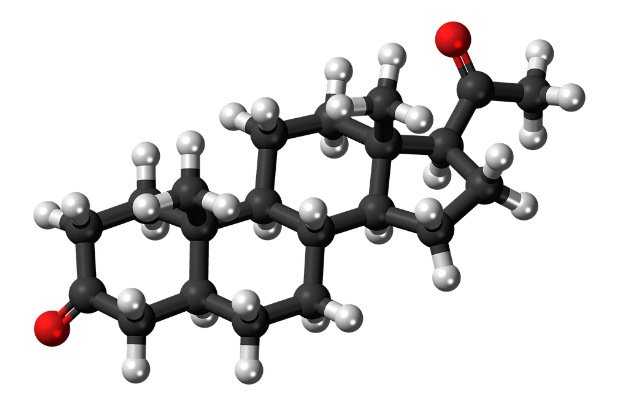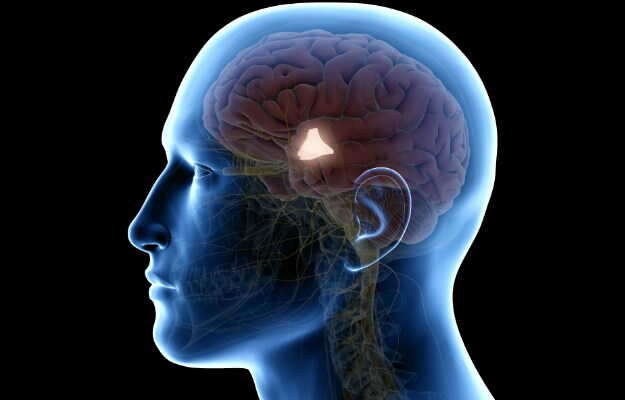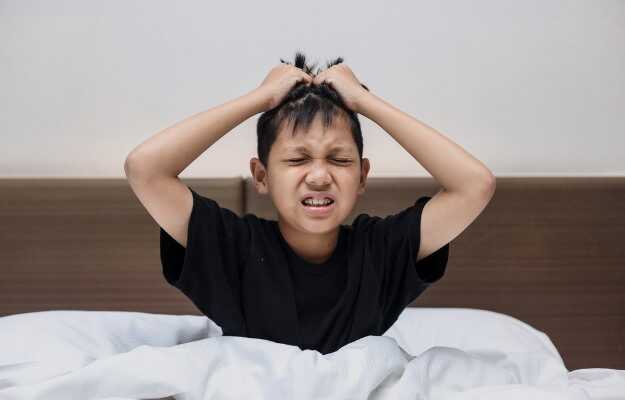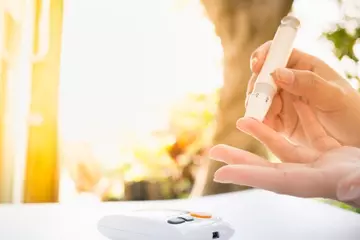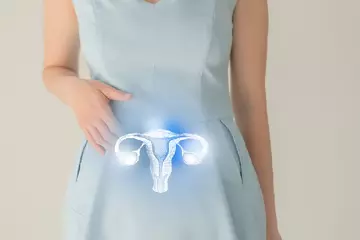What is Androgen Insensitivity Syndrome?
Androgen insensitivity syndrome is a genetic disorder seen in genetically male individuals (46, XY chromosome). The syndrome occurs due to genetic mutations in the X chromosome. In this syndrome, an individual’s body is insensitive to androgens (male sex hormone). Hence, typically, in this syndrome, there is the presence of ambiguous genital organs. It is a disorder of foetal reproductive organ development (sexual development). Partial androgen insensitivity involves a partial insensitivity of body receptors towards androgens. It is also known as Reifenstein syndrome, wherein the genitalia can appear both like that of a male and a female.
What are its main signs and symptoms?
- Variable genital appearance.
- Breast development in males at puberty, less body hair and beard, and sexual dysfunction.
- A small penis, hypospadias (a condition where the opening of the urethra is present on below base of the penis), bifid scrotum (a deep cleft in the scrotum in the midline), undescended testis and infertility.
- Severely affected males may have female external genitalia with a large clitoris, gynaecomastia (lager than usual male breasts) or partial fusion of the lips of the vagina.
What are the main causes of Androgen Insensitivity Syndrome?
Mainly, it is caused by a mutation in the androgen receptor coding gene. It is a disorder that can be inherited. Initially, the baby’s genital organs develop normally in the uterus. However, in later stages of foetal development, the baby’s sexual organ development is determined based on the level of androgen. A low level of androgen with XX chromosome leads to the growth of female genital development and high level of androgen with XY chromosome leads to the development of male genitals. But due to genetic mutations, one’s body is unable to recognise and respond properly to the androgens, and in turn, causes defects in the genitals, i.e., the male sex organs.
Hence, at the time of birth, it becomes difficult to determine the sex of the baby. This typically is seen in individuals with one defective X chromosome and other Y chromosome, i.e., in males. But it does not appear in individuals with one defective X chromosome and other normal X chromosome, i.e., in females. Hence, the mother is the carrier of the defective gene.
How is it diagnosed and treated?
Diagnosis of androgen insensitivity syndrome is complicated. Different hormone levels can be tested. Genetic tests such as karyotyping, sperm count, biopsy of the testes, pelvic ultrasound, MRI, and cysto-urethroscopy (imaging the urinary bladder and urethra) may also be needed. If there is any history of the disorder in the baby’s maternal relatives, then genetic testing can be done right from 9th to 16th week of pregnancy.
Treatment usually depends on the severity of the condition and whether the person is raised as a female or male. Large doses of androgens are required for adequate virilisation. Treatment may also include surgery or hormone replacement. For those raised as females, there is a need of oestrogen supplement at puberty. Psychological support is a major factor in the treatment.


